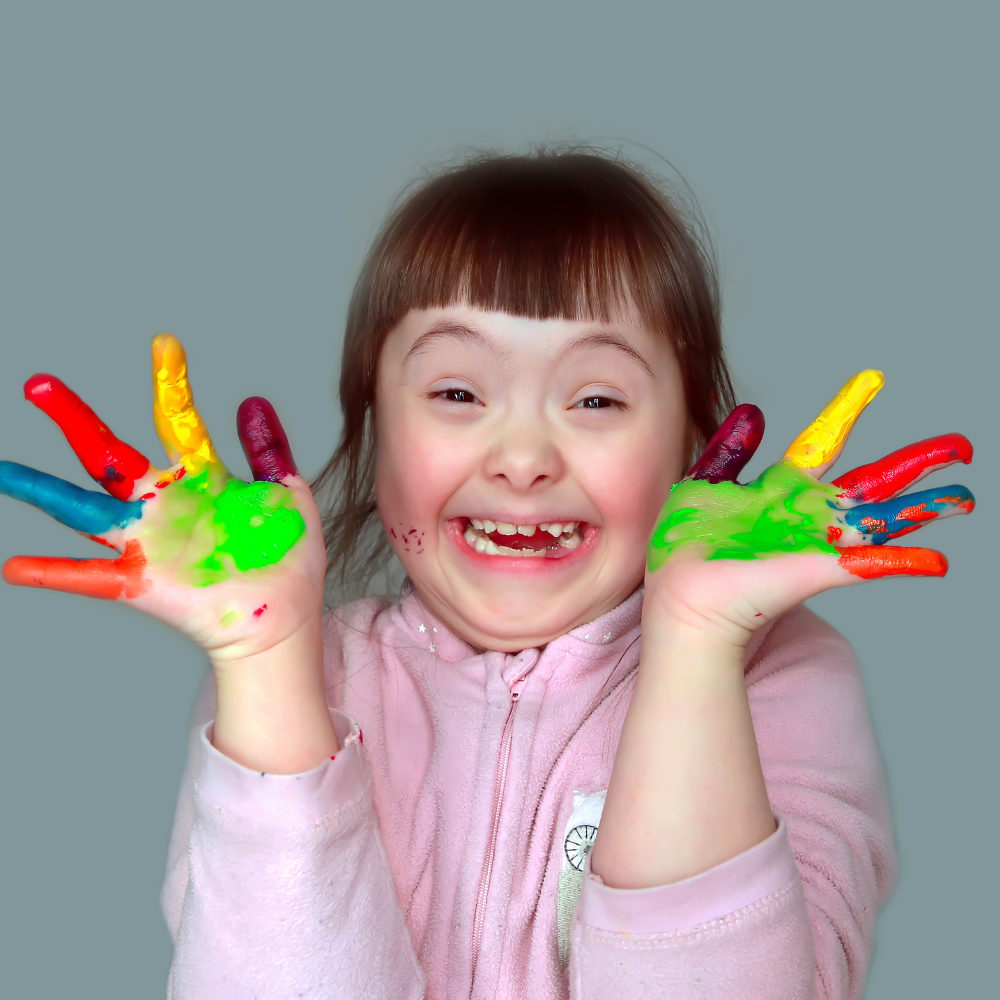
Mattel has published a doll depicting Barbie with Down syndrome in an effort to diversify its product line. The US toy giant was previously criticized for producing a Barbie doll that did not represent actual women. It has produced figurines with hearing aids, prosthetic limbs, and wheelchairs in recent years.
Mattel's objective was for "all children to see themselves in Barbie" and for "all children to play with dolls who do not resemble themselves." The first Barbie model, introduced in 1959, had long legs, a small waist, and flowing blonde hair.
The probability of a woman having Barbie’s body shape is one in 100,000, according to researchers from the University of South Australia. Some activists advocated for Barbie to portray a more genuine body image, whereas some people with disabilities claimed the dolls were not relatable. In 2016, Mattel introduced Curvy Barbie, Petite Barbie and Tall Barbie as well as a broad variety of skin tones that reflect a variety of ethnicities.
Mattel's global head of Barbie & Dolls, Lisa McKnight, expressed optimism that the new doll would teach understanding and foster a stronger sense of empathy, resulting in a more accepting world.
Mattel stated that it collaborated closely with the US National Down Syndrome Society (NDSS) to ensure that its most recent doll authentically portrayed a person with Down syndrome. The doll has a shorter frame and a longer torso, as well as a rounder visage with smaller ears, a flat nasal bridge, and almond-shaped eyes, all of which can be seen in women with the genetic condition.
The puff-sleeved dress is yellow and blue, the awareness colors for Down's syndrome. The doll also wears a pink pendant necklace with three upward-pointing chevrons to represent all three copies of the 21st chromosome, the genetic material responsible for Down syndrome.
Additionally, it wears pink ankle foot orthotics to match its attire, as some children with Down's syndrome use such devices to support their feet and ankles. Kandi Pickard, president and CEO of the NDSS, stated that it was an honor to collaborate on the project.
She mentioned that the power of representation should never be underestimated and that they are ecstatic about this occasion, which represents a major advance for inclusion. A British model, advocate for the inclusion, comprehension of people with Down syndrome and visibility, Ellie Goldstein, was overwhelmed when she saw the doll. She added that diversity is essential because more individuals like her must be visible in the world and not concealed.
Ellie was one of five cover heroes for the most recent issue of British Vogue, which she described as a “dream.” Other toy manufacturers have taken similar steps to make their products more inclusive.
Following a campaign by the #ToyLikeMe organization in the United Kingdom, Lego created its first juvenile disabled minifigure in 2016, a wheelchair-using child wearing a beanie.
The organization had criticized the Danish company for pandering to disability stereotypes because, up until that point, the only wheelchair-using character was an elderly man. The purpose of the campaign was to produce more gifts to represent the 770,000 disabled children in the United Kingdom.



